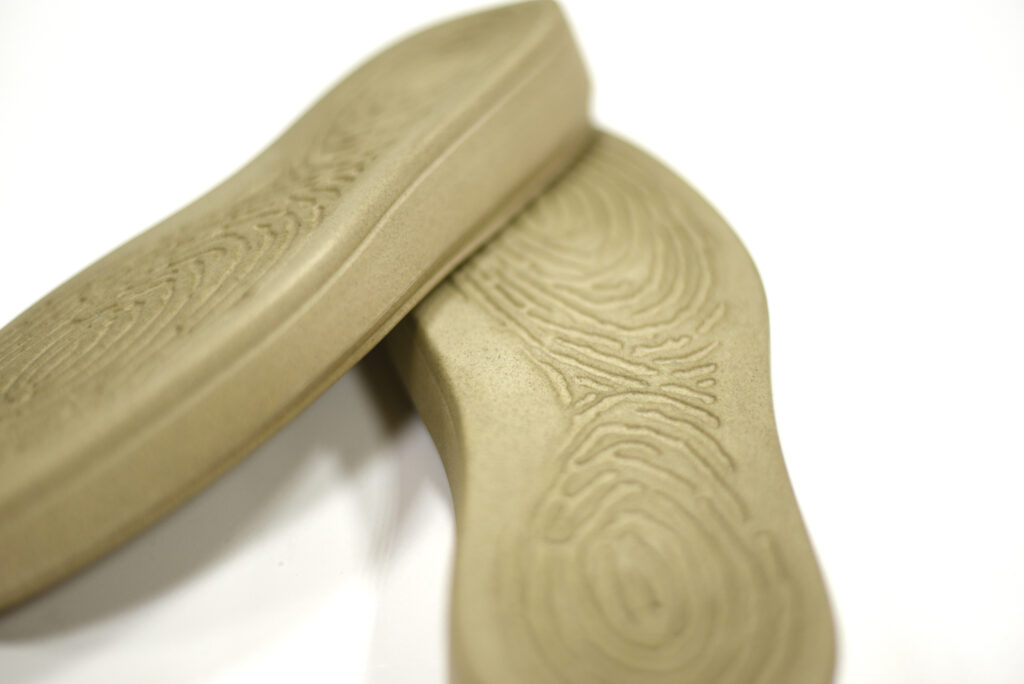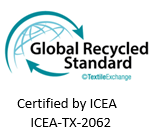The European Standard EN13432 defines as ‘bio’ those materials that, within a time span of 6 months and under certain (read: ‘favourable’) size, humidity and temperature conditions, manage to biodegrade by more than 90% of their weight, converting into carbon dioxide, water and methane that can be reabsorbed by the soil.

Within a necessarily long time frame (years or decades), most plastics biodegrade.
However, this legislative standard draws clear boundaries for what we can (and what we cannot) define as ‘bio’.
Although the presence of organic compounds in a ‘bio-based’ plastic material could – somehow – accelerate the degradation time of a product, most bio-based materials are not bio-degradable (within the terms of EN13432) and could have a negative impact if dispersed in the environment.
It is therefore understood that the word ‘bio’ used alone can be (sometimes) dangerous and misleading, and that the definitions ‘biobased’ or ‘biodegradable’ are opposite or very far apart.
Technically, most biodegradable TPR, EVA, and TPU materials are also recyclable, but by their nature (and definition) these materials were “designed” to enhance their ability to biodegrade (and not to recycle), returning their organic substance to the environment – but without harming it.
However, their contribution to circularity is long or very long-termed, because their subsequent reintroduction into the resource circle will be in future, when the polymer transforms in compost into the soil, then again becomes a plant, then again the plant can be used to combine a new polymer (biobased polymer) to use.
This is an interesting article that clarifies between bio-based and biodegradable:
https://cordis.europa.eu/article/id/125396-factormyth-biobased-organic-biodegradable




